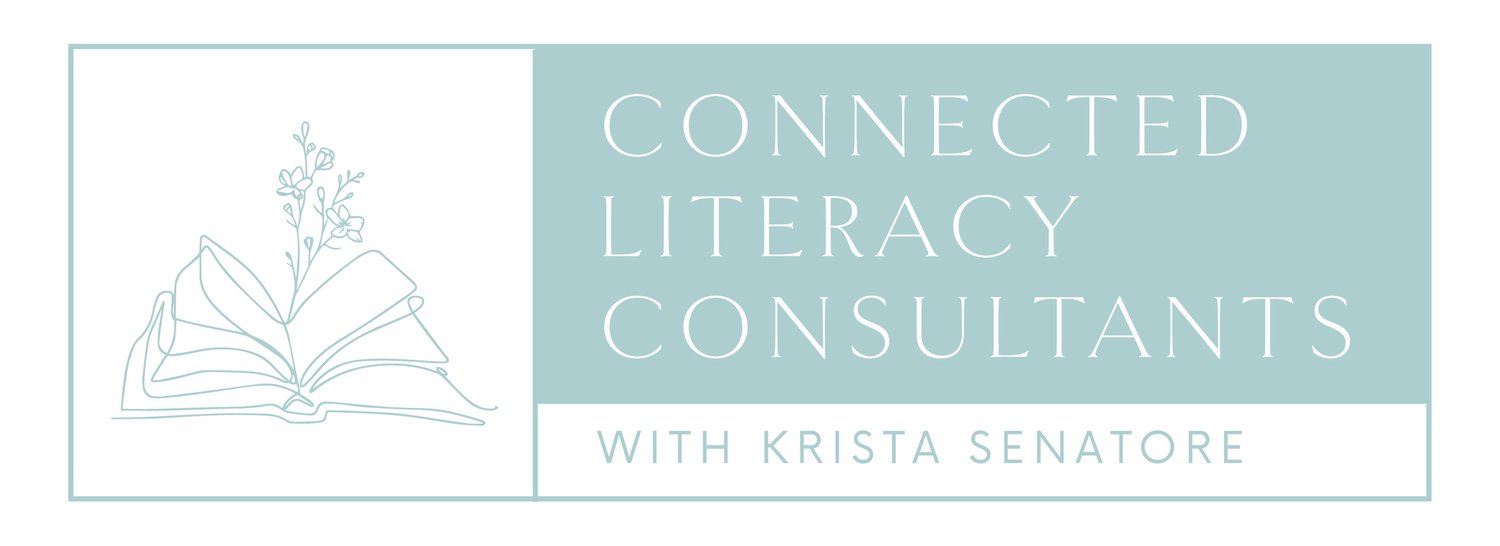What to do when students dislike reading
Yesterday, I gave my students the prompt, “I’m the kind of reader who…” and asked them to finish the statement in their reading notebook. One student turned to me and said, “I don’t want to seem mean but I am the kind of reader who thinks reading is boring.” Rather than reply with, “You just haven’t found the right book yet,” (full disclosure: I have said this in the past) I thanked him for his honesty and recognized how brave it was for him to share this truth. Then other students who shared his feelings about reading spoke up.
Lesson here: Sometimes we don’t have to answer right away.
This student created space for some honest conversation about reading. That is what we want. This made me think of Jennifer Wallace’s conversation with Kelly Corrigan about mattering because we want students to show up as their whole selves. If part of that self is as a perceived non- reader, then it is my job to recognize that. It is also my mission to try and get to the root of why the student feels this way. Is it that they would rather do something else? Or is it avoidance behavior because reading is hard? Maybe a combination? Or is it another reason that I have not considered. Point is, it is my job to investigate. Here is how…
Action items:
Confer individually with this student and others who share his feelings about reading. Approach these conversations without judgement. Express a desire to learn and understand.
Facilitate student goal setting around reading engagement. Jennifer Serravallo’s student goalsetting form, in her book A Teacher’s Guide to Reading Conferences, is a great place to start.
Set up action items for goals. I have students write their goals and action items in the back of their reading notebook.
Offer continued support around achieving goals. This includes grouping students with similar goals to do weekly check ins and self assessment. These conversations start with simple prompts such as: “What is going well for you as a reader right now?” and “What is challenging?”
Celebrate goals and reading achievement. Make reading growth visual with a bulletin board displaying the books students have read.
One more idea to consider: Expand the definition of texts
I use a number of multi-modal and visual texts to teach reading comprehension (stay tuned for a future post for details). For example, we begin each class session with an episode of the narrative series podcast, “6 Minutes”. We analyze short films, Ted Talks and artwork throughout the year.
After discussing and charting what reading is and what readers do, I ask:
“ Do we do these things when we listen to “6 Minutes”? Do we do them when we watch short films?”
Students nod.
I continue: “So do we consider podcasts and films to be texts?”
More nods.
“Do you enjoy those things? (They clearly do. They beg me to play films again and to listen to one more episode of “6 Minutes”.)
I go on: “If we consider films and podcast episodes to be texts and we agree that we engage in the process of reading when we consume them, then maybe you like reading after all.”
Some kids still shake their heads but I like to think that I have planted a seed. And really, isn’t that what teaching is all about? We pant seeds and nurture them so that all students grow to see themselves as readers.

